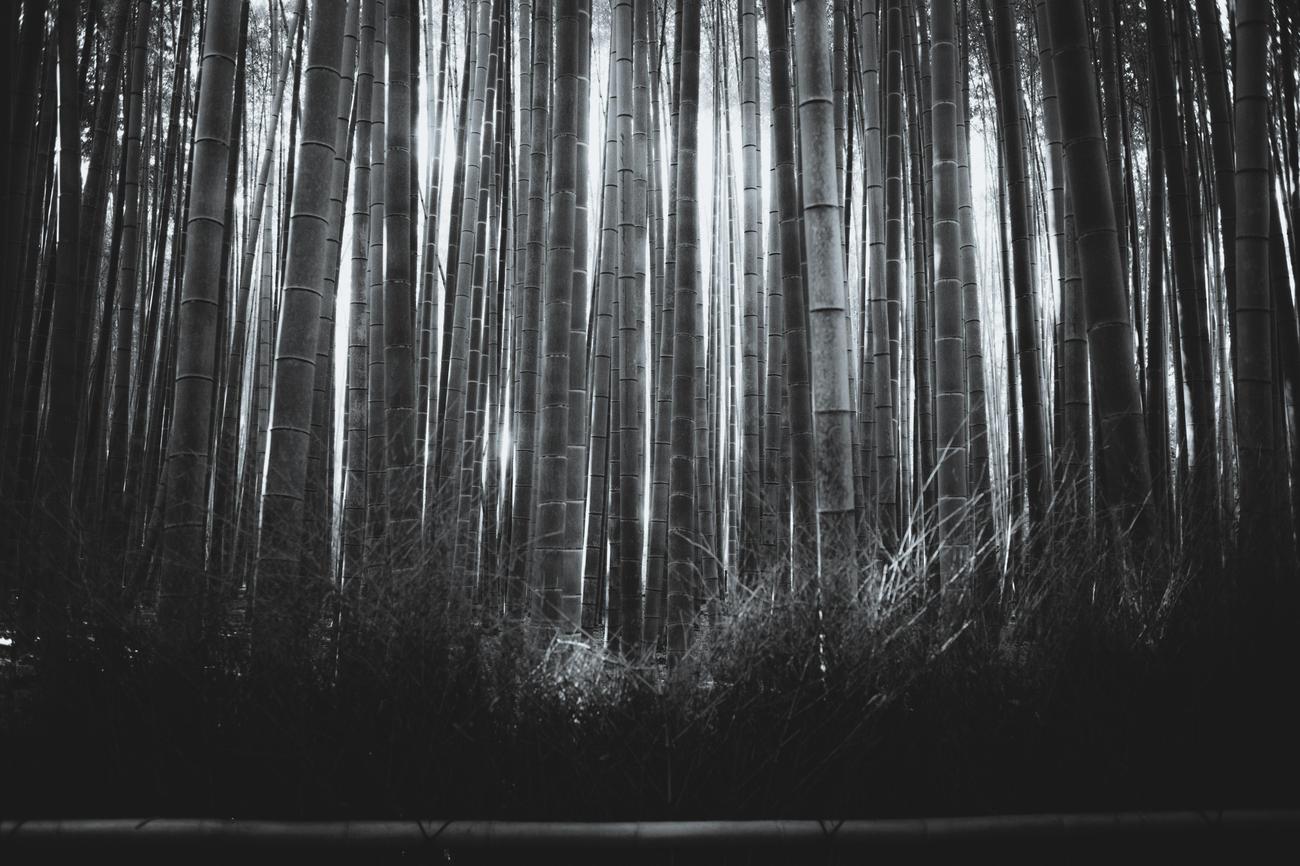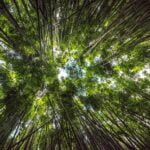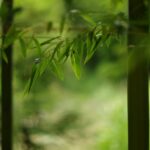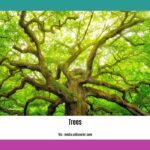Are you a nature enthusiast who has ever wondered if bamboo is actually a tree? Well, get ready to dive deep into the fascinating world of botany and sustainability as we explore the enigmatic nature of bamboo. In this article, we will unravel the mystery surrounding bamboo’s classification and shed light on whether it truly belongs to the realm of trees. Join me on this journey as we navigate through the intricate landscape of plant taxonomy and discover the truth about the tree-like qualities of bamboo.
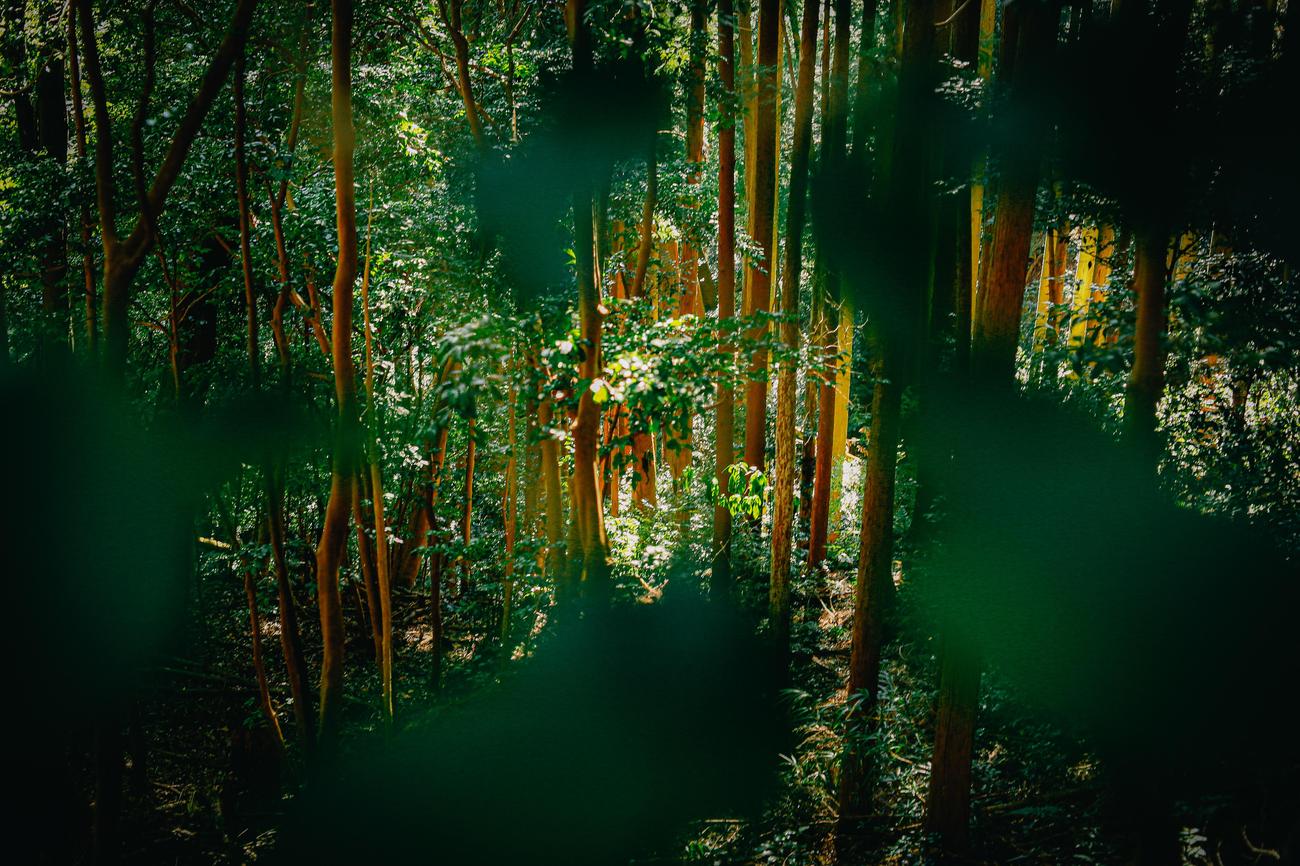
Is Bamboo A Tree?
Bamboo: the tall and elegant plant that graces our gardens, provides shade on hot summer days, and leaves us wondering, is it really a tree? Well, the answer might surprise you. Contrary to popular belief, bamboo is not a tree; it’s actually a type of grass. But don’t be fooled by its classification—it has so much more to offer.
First things first, let’s talk about its size. Bamboo can reach towering heights of up to 115 feet (35 meters), making it a true marvel of nature. Its rapid growth is unparalleled, making it the fastest-growing plant on Earth. This remarkable trait positions bamboo as a valuable resource with incredible potential.
Why does it matter whether bamboo is considered a tree or a grass? Well, for starters, it helps to understand the legal, economic, and environmental implications of its classification. By being recognized as a grass, bamboo circumvents restrictions and regulations imposed on the harvest and use of trees. This distinction allows us to harness its amazing qualities sustainably, without depleting natural forests.
Bamboo’s adaptability is another aspect that sets it apart from traditional trees. While it thrives in warm and moist tropical and warm temperate climates, it can also flourish in cool mountainous regions and highland cloud forests. This versatility makes bamboo a resilient and hardy plant, capable of growing in diverse environments.
But let’s focus on the real magic of bamboo—the incredible ways in which it can be utilized. Construction is a key area where bamboo shines. Its strength and durability make it an ideal material for buildings, furniture, and even scaffolding. Bamboo’s flexibility and lightweight nature also contribute to its popularity in construction projects.
Not only is bamboo strong, but it’s also a renewable resource. Its rapid growth rate means that we can harvest it without causing long-term damage to ecosystems. This makes bamboo an eco-friendly alternative to hardwoods, which often take decades to replenish. By choosing bamboo products, we can make a positive impact on the environment and promote sustainable practices.
Now, you might be wondering, is bamboo good for more than just construction? Absolutely! In many Asian cultures, bamboo holds great cultural significance. It is used in traditional crafts, artwork, and even musical instruments. Additionally, some species of bamboo produce edible shoots that are not only delicious but also rich in nutrients. Talk about a versatile plant!
In conclusion, while bamboo may resemble a tree with its tall stature and woody appearance, it is, in fact, a grass. Despite its classification, bamboo holds immense value as a sustainable resource. Its rapid growth, durable properties, and cultural significance make it an exceptional and eco-friendly alternative to traditional materials. So, let’s embrace the wonders of bamboo and make a positive impact on our planet.
“Bamboo: the grass that reaches for the sky, offering us a sustainable future.”
Bamboo is not just an ordinary plant; it holds a plethora of fun facts that will amaze you! Did you know that bamboo is one of the fastest-growing plants on earth? It can grow up to 35 inches in just 24 hours! If that’s not mind-boggling enough, how about this – bamboo is stronger than steel! Yes, you heard it right. This incredible plant has a higher tensile strength than steel, making it an ideal material for construction. Furthermore, bamboo is also an excellent air purifier, capable of releasing 35% more oxygen into the atmosphere compared to other plants. It’s truly remarkable how nature has blessed us with such a fascinating and versatile plant like bamboo.
Curious to learn more fun facts about bamboo? Click here for an enlightening journey through the world of bamboo: fun facts about bamboo. Get ready to be amazed by the wonders of this incredible plant!
Is Bamboo A Tree? You may be surprised to learn that bamboo is not actually a tree, but a type of grass. However, despite its grass-like appearance, bamboo has several characteristics that make it similar to woody plants. Are you curious to know more about whether bamboo is a woody plant or not? Check out this informative article on bamboo facts and trivia. If you’re interested in learning about the specific characteristics of bamboo plants, click here to read more. Let’s explore the fascinating world of bamboo together!
To learn more about the question “Is Bamboo a woody plant?”, visit: Is Bamboo a Woody Plant
If you’re curious about interesting facts and trivia related to bamboo, make sure to read our article on: Bamboo Facts and Trivia
Discover the unique characteristics that define bamboo plants by clicking on this link: Bamboo Plant Characteristics
Bamboo: The Remarkable Grass
[youtube v=”bGdMTIxU9Uc”]
Introduction
Bamboo, the fastest-growing plant on Earth, is a truly remarkable grass that offers unparalleled usefulness and sustainability. With over 1,000 different species, bamboo forests stretch across Southeast Asia, Hawaii, and South America, providing abundant resources for centuries. In recent years, bamboo has gained even more significance as a solution to global warming, resource depletion, and deforestation. Its rapid growth, strength, and versatility make it an incredibly valuable and environmentally friendly resource.
Bamboo: A Sustainable and Rapidly Growing Grass
Bamboo, despite its tree-like appearance, is classified as a grass rather than a tree. It can grow to impressive heights of up to 115 feet, making it the tallest grass in the world. This classification allows bamboo to bypass restrictions and regulations applied to tree harvests and usage, contributing to its sustainable nature. Moreover, bamboo stands out for its astounding growth rate, with some species capable of growing up to four feet in a single day. In just two years, bamboo reaches maturity, making it ready for harvesting, in contrast to traditional timber that takes 50 to 60 years to mature. This rapid growth prevents deforestation and soil erosion, which are common consequences of other timber harvests.
“Bamboo grows faster than any other plant on Earth, making it a truly sustainable and renewable resource.”
The Versatility of Bamboo: From Construction to Culinary Delights
Bamboo’s adaptability enables it to thrive in various climates, making it a versatile resource. One of its most prominent uses is in construction due to its remarkable strength, durability, flexibility, and lightweight nature. Its tensile strength even allowed Thomas Edison to use bamboo as a reinforcing material in his concrete experiments, as it was cheaper and had the same strength as steel. This grass can be transformed into an array of products such as furniture, flooring, and fencing, offering a sustainable alternative to hardwoods.
“From construction to fashion, bamboo offers incredible versatility, proving itself as a reliable resource for countless applications.”
Furthermore, bamboo has cultural significance in Asian cultures, where it is woven into traditional crafts and artwork. Some species even produce edible shoots that are not only nutritious but also delicious, adding another dimension to the usefulness of this incredible grass.
“Bamboo is deeply rooted in Asian cultures, playing a vital role in traditional arts, crafts, and culinary delights.”
Bamboo Fabric: An Eco-friendly and Luxurious Material
In recent years, bamboo has evolved beyond its traditional uses and journeyed into the realm of fashion, revolutionizing the textile industry. New manufacturing processes now allow bamboo to be transformed into an ultra-soft fabric that rivals luxury materials like silk and cashmere. The unique manufacturing process involves harvesting mature bamboo, chopping it into pieces, extracting the bamboo pulp, and drying it into parchment-like sheets. These sheets are then ground and spun into bamboo fiber, which is used to create yarn for weaving. The result is a cloth that is not only twice as soft as cotton but also thermal regulating, keeping the wearer cooler in hot weather and warmer in cold weather. Additionally, bamboo fabric possesses moisture-wicking properties, ensuring the wearer stays dry and comfortable.
“Bamboo fabric offers unmatched softness, luxuriousness, and natural properties that regulate temperature and wick away moisture.”
Bamboo: A Sustainable Future
Bamboo, with its incredible growth rate, durability, and eco-friendly properties, is quickly emerging as a reliable resource for countless retailers. Care Aloha, a leading brand in bamboo clothing, exemplifies the possibilities of this sustainable material. From shirts and socks to bed sheets and towels, they have successfully incorporated ultra-soft bamboo fabrics into their product range. Bamboo’s green footprint and its ability to regrow rapidly make it an invaluable asset in the quest for a greener future.
“With an ever-growing supply, bamboo provides an eco-friendly alternative for a wide range of products, ensuring sustainability for generations to come.”
Conclusion
Bamboo, the miracle plant, continues to astonish with its extensive range of uses, rapid growth rate, and positive impact on the environment. From construction and traditional crafts to fashionable clothing and luxurious bedding, bamboo’s versatility knows no bounds. As we face the challenges of global warming, resource depletion, and deforestation, bamboo stands tall as a sustainable and renewable resource, offering hope for a greener future.
“With bamboo, nature has blessed us with an extraordinary plant that not only meets our needs but also helps restore the delicate balance of our natural world.”
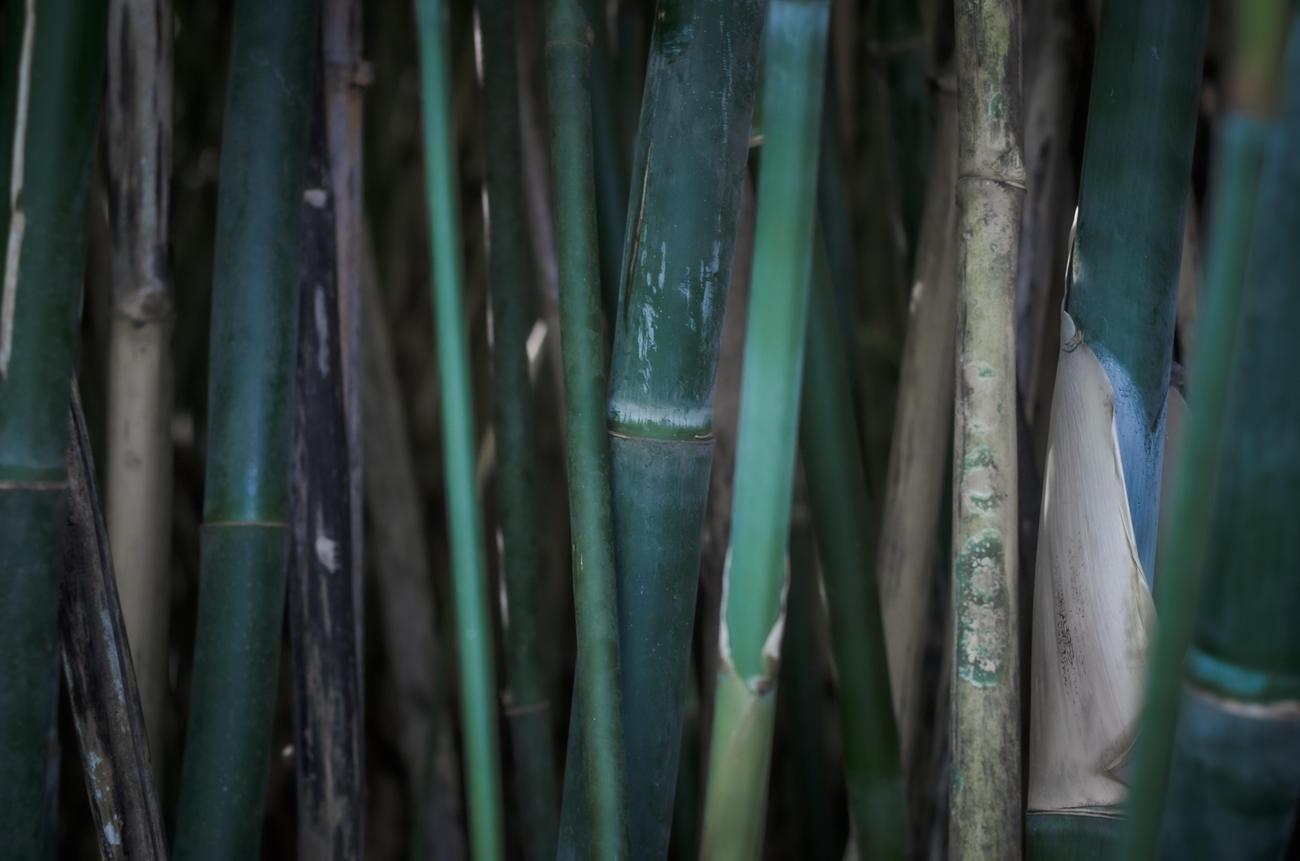
FAQ
Is bamboo a type of tree?
Answer: No, bamboo is not a type of tree. It is actually a grass. Despite its tree-like appearance, it is classified as a grass due to its growth pattern and characteristics.
How fast does bamboo grow?
Answer: Bamboo is known to be the fastest-growing plant on Earth. It can grow at an astonishing rate, reaching heights of up to 115 feet (35 meters) in a short period of time.
Can bamboo be used as a sustainable resource?
Answer: Yes, bamboo has incredible potential as a sustainable resource. It is highly renewable and can be harvested without causing harm to the environment. Its rapid growth and versatility make it a valuable material for various purposes such as construction, textiles, and as an eco-friendly alternative to hardwoods.
Are bamboo shoots edible?
Answer: Yes, the shoots of most bamboo species are edible. They are a popular ingredient in many Asian cuisines and are known for their delicate flavor and crunchy texture.
How many species of bamboo are there?
Answer: There are over 1,000 species and 91 genera of bamboo. Each species has its own unique characteristics and can be found in different climates and regions around the world.
- Blindness Doesn’t Limit: Popular Blind People’s Inspiring Success Stories - April 19, 2025
- Discover Famous Chinese People: A Deep Dive into History’s Impact - April 19, 2025
- The War I Finally Won: Ada’s WWII Journey of Healing - April 19, 2025
